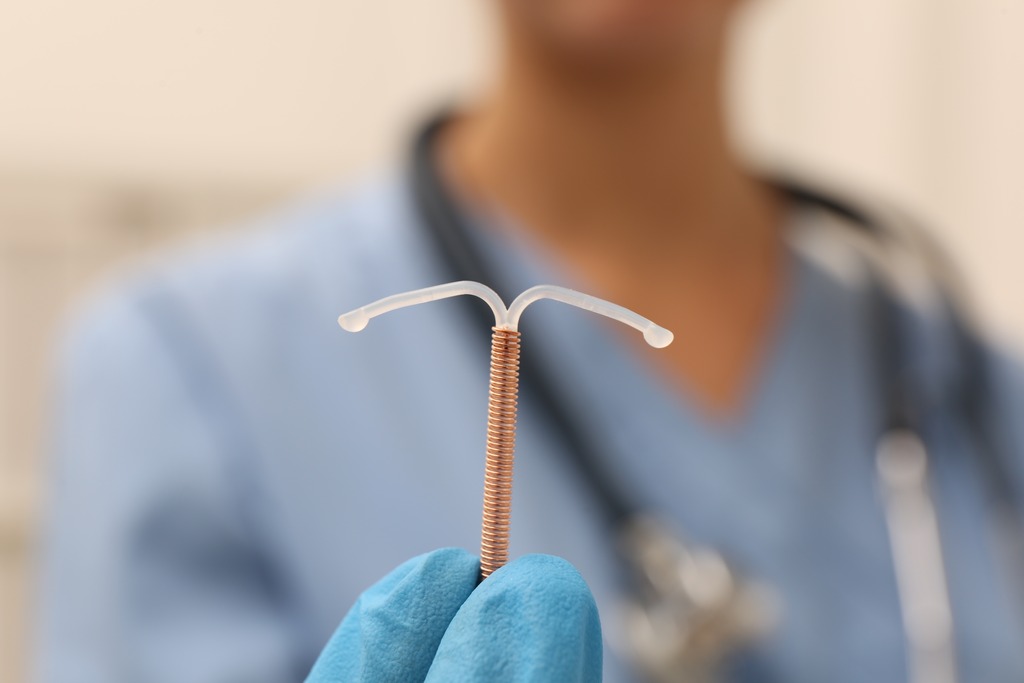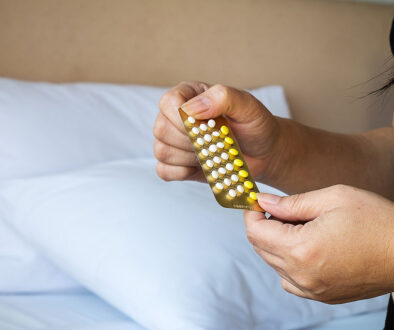Is an IUD Insertion Painful? What to Expect After Your IUD
If you’re not ready to have children, you may be considering the benefits of using an intrauterine device (IUD insertion) for birth control. An IUD is a small, T-shaped device that is inserted into the uterus to provide long-acting, reversible contraception. Some IUDs utilize hormones, while others are made of copper.
IUDs are highly effective at preventing pregnancy, with failure rates of less than 1%. They are also convenient, as they do not require daily attention like some other forms of birth control, such as the pill. Once an IUD is removed, fertility typically returns quickly.
We understand you may have questions about an IUD insertion, particularly if it hurts and what to expect afterward. We’ll examine these FAQs.
Is an IUD Insertion Painful?
It’s one of the most common questions patients ask us. The short answer is that it can be uncomfortable, but the level of discomfort may vary from person to person. While the process can cause cramping, most women find it manageable. Some report little to no pain. Any discomfort typically subsides quickly. Taking an over-the-counter pain reliever, like Tylenol or Ibuprofen, an hour before your appointment can minimize this discomfort.
What Happens During an IUD Insertion?
Here’s what you can expect during the procedure:
Pre-Insertion Preparation
Before the procedure, we’ll ask you to undress from the waist down and lie down on an exam table. We’ll use a speculum to hold your vagina open–very similar to the way we do during a Pap smear. We do this so we can clearly visualize the cervix.
Cleaning the Area
We’ll then clean the cervix and vagina with an antiseptic solution to reduce the risk of infection.
Measuring the Uterus
To ensure proper placement of the IUD, we may use a special instrument to measure the depth and size of your uterus.
Inserting the IUD
Using a special inserter, we will place the IUD through the cervix and into the uterus. You may feel some pressure or cramping during this part of the procedure, but it usually only lasts a few minutes.
Checking Placement
Once the IUD is in place, we will check to make sure it is properly positioned in the uterus. An ultrasound may be used to confirm placement.
What Should I Expect After an IUD Insertion?
After your IUD insertion, you may experience some mild to moderate cramping. This is normal and typically subsides within a few hours to a few days. Light vaginal bleeding or spotting will likely occur for a few days to weeks after an IUD is inserted.
You may also experience some changes in your menstrual cycle. Hormonal IUDs can cause lighter periods or even stop your periods altogether, while copper IUDs can sometimes lead to heavier periods or cramping.
If you have any concerns, please talk to us. We promise that we’ll take the time to listen to you and answer all your questions.
How Do You Prepare for an IUD Insertion?
Preparing is important to ensure the procedure goes smoothly and with minimal discomfort. Here are some steps to take to prepare:
- First,. make an appointment to discuss if an IUD is right for you and to give us the opportunity to review your medications and medical history. An IUD insertion must occur within 7 days of the start of your period. This insures against any unplanned pregnancies at the time of your IUD insertion.
- Avoid sexual activity for at least 24 hours before the procedure to reduce the risk of infection.
- Talk to us about pain management if you have concerns. You may want to take over-the-counter pain relievers like ibuprofen or acetaminophen before the procedure.
- You may experience some discomfort and cramping after the procedure. You may want to consider arranging for someone to drive you home after the insertion.
- Wear comfortable clothing to the appointment, preferably loose-fitting pants or a skirt, and a top that allows easy access to the abdomen.
- Plan to rest after the procedure. You may experience some cramping and discomfort, so plan to take it easy for the remainder of the day. It is safe to resume any level of activity that you feel up to after your insertion appointment.
By following these steps, you can prepare yourself for a successful IUD insertion with minimal discomfort.
What Is the Difference Between the Two Types of IUDs? And How Do They Work?
There are two main types of IUDs: hormonal and copper.
Hormonal IUDs
Hormonal IUDs release a small amount of progestin, a hormone that thickens cervical mucus and prevents sperm from reaching the egg. This type of IUD can prevent pregnancy for up to 3-5 5-8 years, depending on the specific brand.
Copper IUDs
Copper IUDs, on the other hand, do not contain hormones. Instead, they are wrapped in copper wire, which creates an environment in the uterus that is toxic to sperm. Copper IUDs can prevent pregnancy for up to 10 years.
How Successful Are IUDs?
Both types of IUDs are highly effective, with failure rates of less than 1%. And because they are long-acting, you don’t have to worry about taking a pill or using other birth control methods every day.
It’s important to note that IUDs do not protect against sexually transmitted diseases (STDs). If you are at risk for STDs, it’s important to use a barrier method of birth control, such as condoms, in addition to your IUD.
Considering Birth Control Options? Contact Our Gynecologists in Raleigh at Associates in Women’s Healthcare in Raleigh, NC
At Associates in Women’s Healthcare, we’ll review all your birth control options, and help you determine if an IUD insertion is the right choice for you.
For decades, we’ve served patients in Raleigh and the surrounding areas by providing experienced, compassionate care. Contact us for an appointment today.





